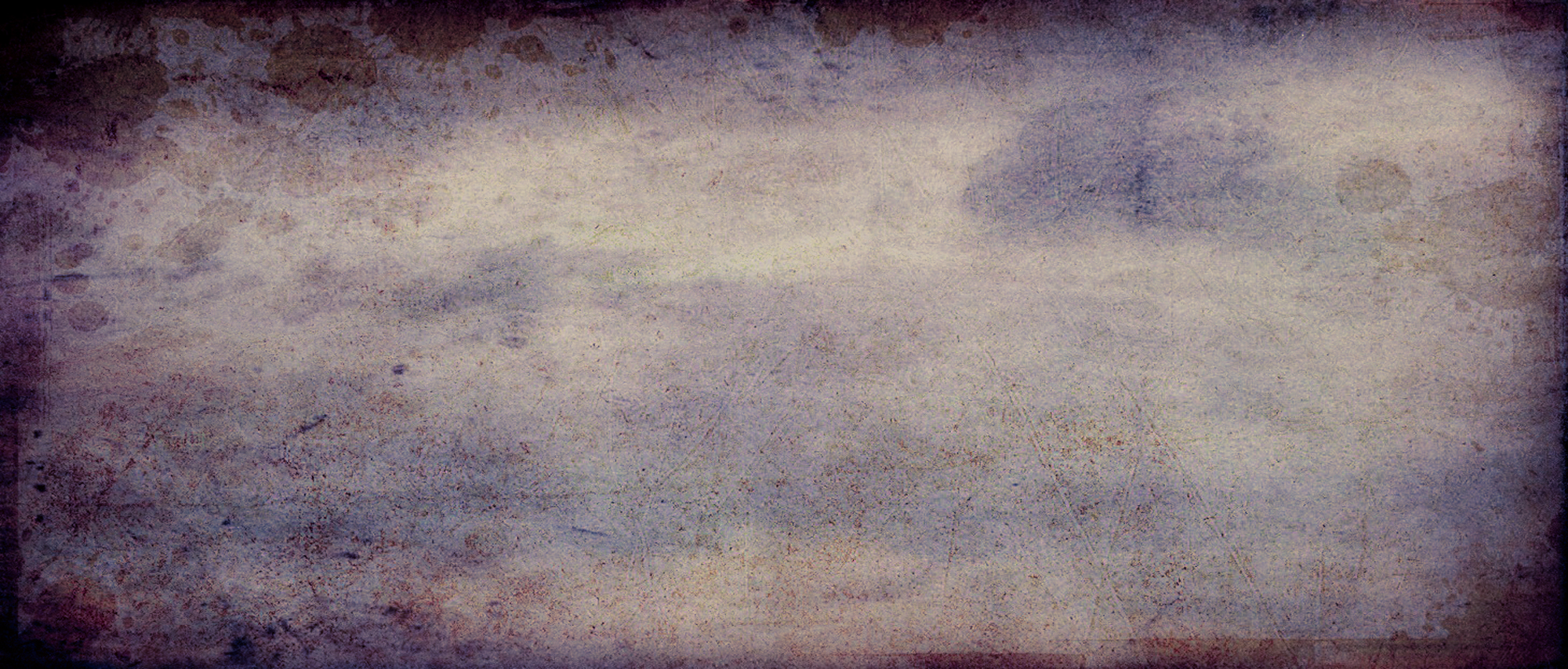Focus On Imaging 2012
/We had an excellent trip to Focus On Imaging (Wed 7th March), which is the UK's leading exhibition for the photography industry. Everyone who's everyone from camera manufacturers, album producers, frame makers, camera retailers, lighting companies, hosting companies, societies, awards bodies and so on is usually there. This year was no different and after the shock of Canon pulling out in 2011 they were back there this year showcasing the new EOS 5D mark III. There is also the usual array of seminars and tutorials for software and technique, and these are often very interesting.
However, I actually completely avoided Canon's stand (didn't want to be tempted for a second time in as many months!) and I had some specific purchases in mind.
Focus is also a chance to meet up with fellow togs and I was delighted to meet up with some old colleagues/twitter friends and share a coffee and catch up with them.
I got some great bargains, here's what I ended up:
- A new top-end tripod, suited to the 5DmkII and for shooting video, with a pistol grip head and movement in about 11 dimensions! Saved about £100 on this.
- A Loweprowe "Flipside" camera bag (actually we got one each). Total bargain with about 50% off high street price - and it has room for oodles of gear and quick access without removing it from your waist.
- A set of two studio lights, stands and soft boxes (about 1250W total equivalent output) and carrying bag - these were a complete steal and a great way to get started experimenting with some indoor studio work.
- An infra-red trigger system. This has yet to come in the post as they were out of stock at the show, but I am so excited about this. Again, it was much much cheaper than anything I have seen to date and actually supports IR, light and sound triggering (anyone fancy shooting a glass object?). I'm hoping (at first) to get some amazing bumblebee pictures with this kit!
Once I get all this set up I will be able to post some pics, both of the gear and of the results...



